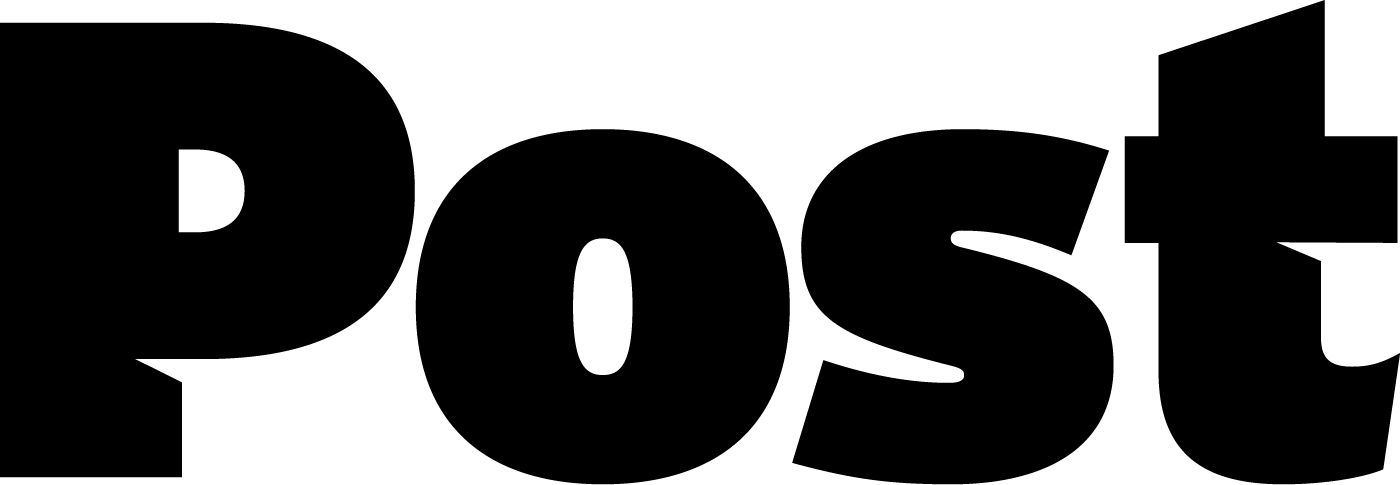
Embroidered Foreshores
Keegan: Thanks for taking the time to have a chat with us, tell us about your latest body of work?
Margaret: I’m working on my first solo exhibition. After doing so much work in public places and spaces, it feels strange to be hanging work on walls and showing in a gallery.
My exhibition is called dis-ease and explores techniques and methods that don’t always translate comfortably into fine art. These works use mostly embroidery to explore different social issues.
The biggest single piece I’m showing is called ‘delusions of canute’ and could be described as man and development vs nature. It is a map of the inner city’s original shoreline stitched over a google map of the same space. I’ve added the pre colonial place names to awhi mana whenua and all that has changed. I’m imagining Tangaroa reasserting his claim over the waters.
K: What have been the hurdles with transitioning from public works to a gallery?
M: In all my work I want to get people to laugh as well as be provoked by the thinking behind each piece. My own fear. Many artists feel like frauds and I’m no exception. It’s daunting thinking about laying your soul out there for people to react to.
Also, this exhibition is self-funded. I couldn’t do this without the amazing network I have around me. My mum died a couple of years ago and her financial support is helping me do this.
K: I’m sure mum would want nothing more than to see you succeed…
The body of work has large elements of research behind it. Most people don’t know a lot of downtown Auckland is actually reclaimed land. How much research went into it and was it a solo effort?
M: Hours and hours of digging for articles, images and photos.
It all started with an article in NZ Geomechanics by Kuanjin (Jin) Lee and Dr Liam Wotherspoon, called Dynamic Characteristics of Auckland Central Business District Reclaimed Zones. It was then followed by published walks of the foreshore and reports by Waterfront Auckland and CRL. and visits to both the Auckland Museum and the central Library photo collections.
K: Wow, so this hasn’t been a short process
M: No, this work has taken about three years.
K: and working with the iwi, is that something you’ve done in the past? most people, due to a lack of knowledge of tikanga maori find it hard to operate in the Maori world
M: It’s Ngati Paoa
It is challenging being Pakeha. I try really hard to respect tikanga. I’m awhied by many of our kainga kiore who I work with through a role I have with Lifewise. They’re pretty quick to steer me straight when I get things wrong. They’re my mates.
And it’s all done with love.
K: And that’s interesting cos many of these people are homeless?
The reversal of power roles is great. A firm reminder we have a lot to teach each other regardless of our housing situation
Through these sources, I could also access mana whenua research, especially Ngati Whatua and Ngati Paoua.
M: Most of them have been rough sleeping in the past but are housed now. Many of them, however, are still marginalised.
K: It’s great the work you do at Lifewise on K Road
M: I’m all about working with them to explore opportunities to do that role reversal. One piece of public programming that we’re doing as part of the exhibition gives them the opportunity to explore tikanga and te reo.
K: And is that something the public can also participate in?
M: Totally, called ‘hello, I’m …slightly awkward’ we have a couple of sessions programmed where people can embroider their state of mind in either English or Te Reo on a name badge. Of course, to express your state of mind in te reo, you need an expert and that’s where these guys come in.
The workshops are Tues 17 Mar from 6pm to 8pm, Tues 24 Mar from 6pm to 8pm and Sat 28 Mar from 10am – 12pm at Allpress Cafe in Drake st.
The other thing you can do as part of the exhibition is pick up a pocket-sized map of the original shore (delusions of canute) and take a self-led walking or cycling tour.
K: I really hope we see people wearing these all over the city.
M: Absolutely. There are so many ways to view this work. The impact of development, the cost of engineering to keep the tide out, all of the changes happening around Auckland now, the value of land, the value of the sea. Who accesses what. Looking forward to the robust discussion that this work provokes.
K: Is there a particular thought or message you want people to leave with?
M: Art is fun, making is fun, you can invite people to laugh and think at the same time. I love laughing and want people to join with me in that.
If art can help in that then I’m happy.





